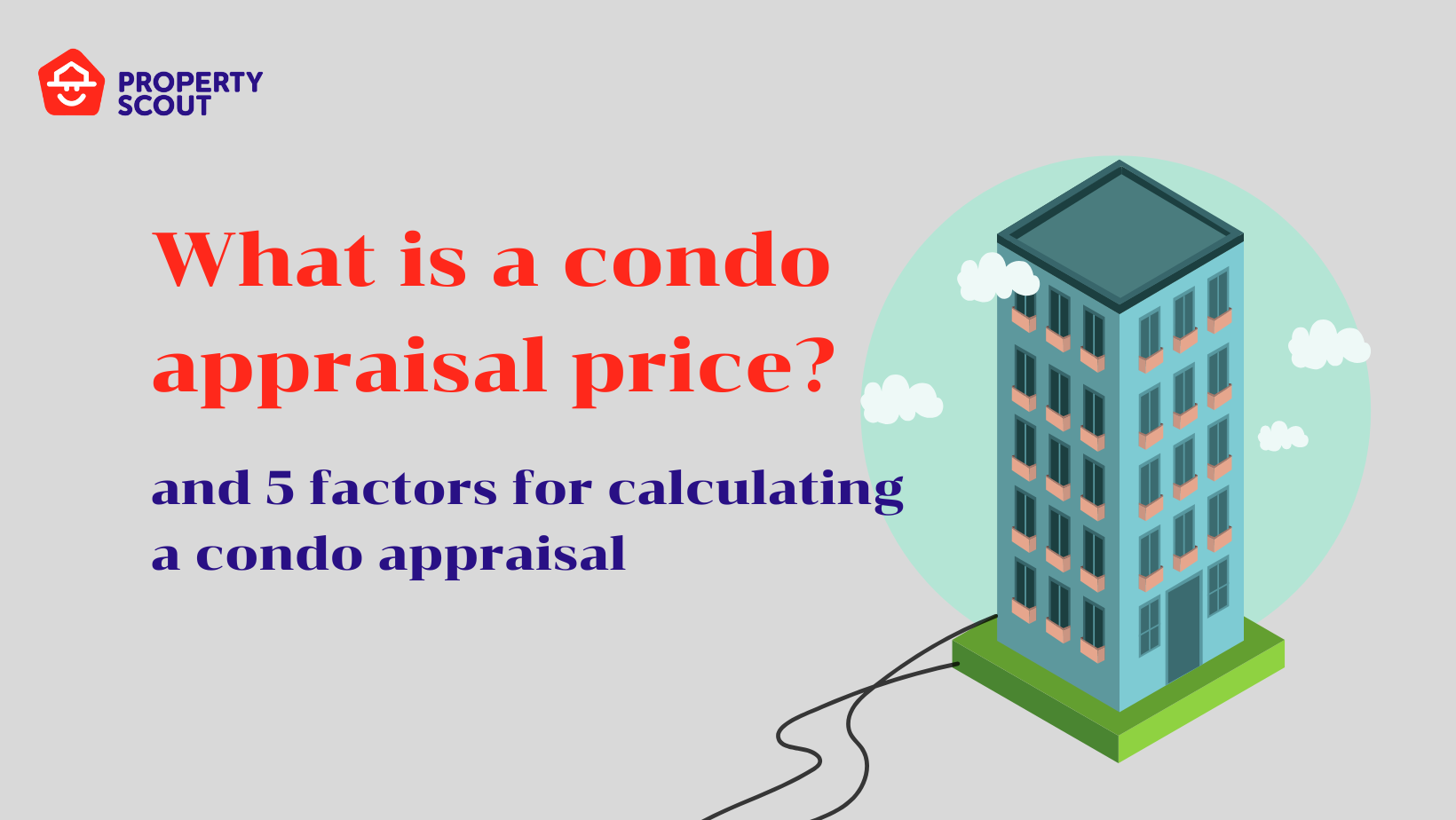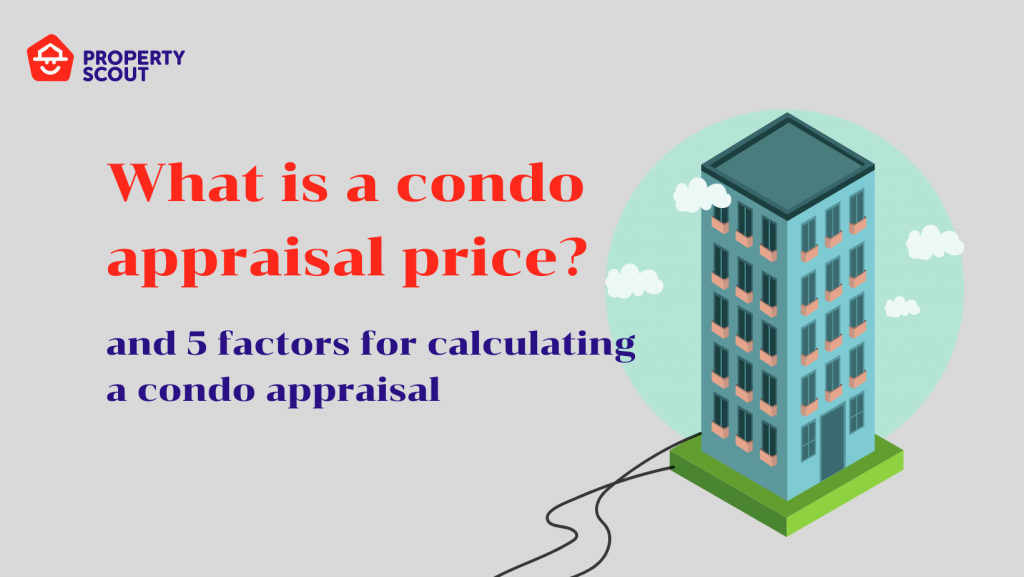In Short
Advice

Condo vs. Apartment
Condos are residential properties that are registered under the Thailand Condominium Act. Condos are similar in structure to apartments; the main difference is that condos are owned while apartments are leasehold or freehold properties. Our professional agents can provide free advice on the option that is best for your needs and requirements.
A buyer of a condo can pay in monthly installments after a down payment has been made to the property seller. There are no visa restrictions for legal foreigners in Thailand to buy and own a condo as long as the quota of foreign ownership does not exceed 49% of the total units in the condominium.
Most condominium units are sold before they are completed. Buyers usually make a down payment to get a better price during construction because most condo projects are sold before they are finished.
What is a condo down payment?
Condo installments are similar to house and car installments in that the buyers must have a certain amount of money to buy first, called down payment. Therefore, they can request to pay the remaining amount with the bank. However, the down payment for condos is quite flexible than other down payments.
As the buyers can pay a down payment for the condo with the project while waiting for the condo to be completed and ready for the transfer contract, important things whether buying a condo with cash or installments (Loan money from a bank to pay for the rest of the condo from the down payment), just buy it before or during the construction of the condo. The buyers will be able to pay the down payment on the condo.

Who should the payment be paid to?
The condo down payment is not related to the condo installment since it is not a loan with the bank, but the buyers must submit the down payment to the condo project according to the agreement. You also don't have to pay interest from the down payment as well and whether to pay the whole down payment or a pay by installment of down payment, this money will reduce the amount of money that the buyers have to borrow from the bank or fulfill the financial amount, if the credit limit is approved by the bank to the borrower is not over 100%.
What is the minimum amount requirement of condo down payment?
The minimum down payment for the condo will be about 5–10% of the condo price or according to the difference in the loan amount approved by the bank initially, which will be more or less depending on the promotion. The agreement is between the project and the bank and the buyer's financial credit.
The amount of the down payment on the condo also depends on the sale contract period, which affects the condo price. For example, if the condo price increases, the amount of down payment will also increase. It also depends on the period of time from the contract date until the transfer date. The longer it takes, the more chances buyers have to pay down payments for a longer period of time, and the number of installments per payment is also reduced.
Types of condo down payment
- Pay the whole down payment
Paying the whole down payment for a condo is usually found in completely constructed condo purchases because the project does not need to wait for the condo to be ready before the ownership can be transferred anymore. Therefore, sellers are looking for someone who is ready to pay the whole amount immediately, which includes the sale of a second-hand condo.
- Pay down installments on condos with equal installments or no balloon payments
When the condo project opens for sale in advance before construction, it is an opportunity for the buyers to reserve and enter into a sale contract for the condo while waiting for the condo to be ready to move in. The project usually allows the condo for the down payment for 1-3 years, depending on the construction period. The monthly installments are the same amount every period.
- Condo down payment with balloon payments
This type of payment is the same as the equal installments which are monthly installments during the construction of the condo but it is different in that there are balloon payments or installments that have to be paid with a sum of money. For example, the down payment for condos in normal installments will be 5,000 baht, and the balloon installments will be 25,000 baht.
The installments have to be paid in period 1 and 13, the last installment, means that the remaining installments from this are the normal installments that the buyers must pay 5,000 baht per installment. Therefore, before making any decisions to book a condo, the buyers must plan to collect a sum of money in order to pay the balloon payment during the specified period.
Study the down payment conditions before purchasing
Condo down payment conditions are considered an important thing that the buyer must study carefully before settling the agreement with the contract. Whether it is the amount or period required to pay down payment for the condo and other conditions such as the refunds in case the buyers do not get a loan approved by the bank or the contract is terminated. Also, if it is possible that the buyers will sell the condo down payment to others, the buyers should study the conditions for changing the sale contract of the condo to others.
If you have any further questions or concerns about buying, selling, and renting real estate you can contact the team PropertyScout by clicking here. The team is willing to help you answer your questions.
FAQs
Lorem ipsum dolor sit amet, consectetur adipiscing elit. Suspendisse varius enim in eros elementum tristique.
Explore More Topics
Free real estate resources and tips on how to capitalise












